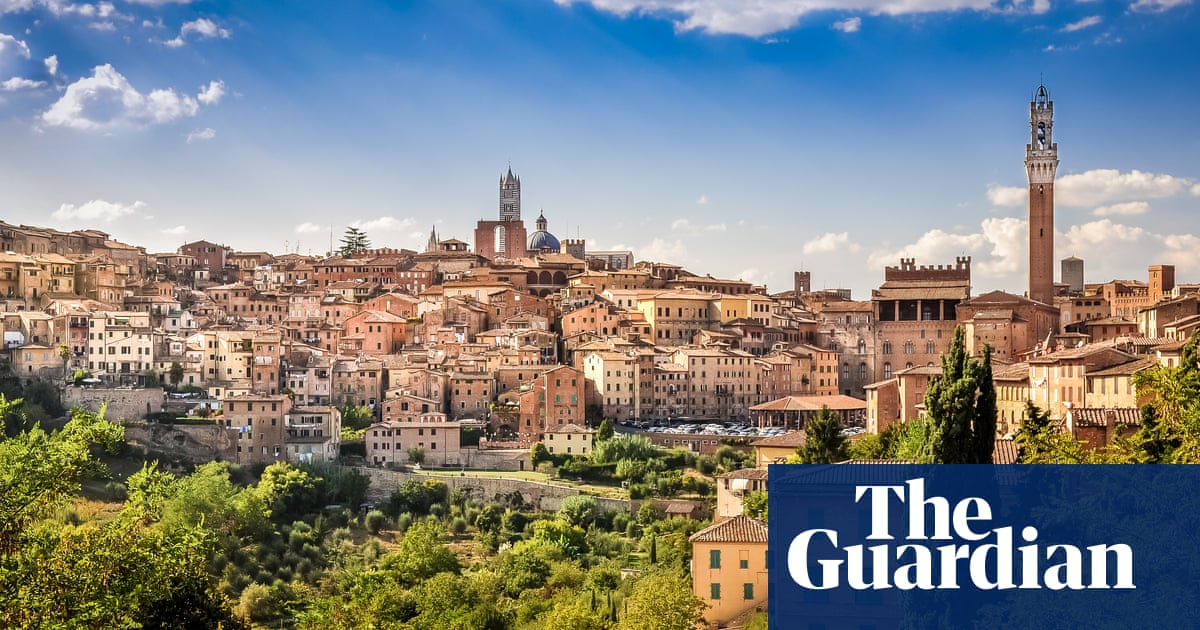This warren of narrow streets, some so tight that only the noon sunshine penetrates all the way down to the cobbles, is part gothic, part romanesque, and all beautiful. It’s blessed with an embarrassment of architectural riches and wrapped up in wonderfully preserved medieval walls that hug the city tightly, an enchantingly compact tangle of sandstone and terracotta perched on a hill overlooking a quintessentially Tuscan landscape of olive groves and vineyards and winding gravel roads. In any other corner of the world, Siena would be the only show in town.
Around here though, there are several noisy neighbours. And none makes more of a racket than Florence, 50 miles north, famously the birthplace of the Renaissance and home of the Medici, Michelangelo, Giotto and Leonardo da Vinci. These days, it’s also famous for tourist tuk-tuks and newspaper stories about €25 ice-creams, as overtourism slowly erodes the city’s appeal. Which is why it’s better to avoid the roped-off processions of the Uffizi and choose Siena for an art lovers’ city break instead. (And for anyone who can’t make it to Chianti, the National Gallery in London will begin an extensive exhibition, Siena: The Rise of Painting, 1300-1350, in March. It will showcase the city’s importance to European art and its vital role as a catalyst of change.)
Given Florence’s touristic predominance, it is not obvious to many that for a long time these two great Tuscan city-states were rivals. Neither on the coast or a great river, Siena was not the most obvious place for a prosperous city-state, but its strategic location on the route from Rome to the rest of Europe made it both economically and culturally important. Siena became one of the great urban centres of Italy, cementing its status with an unlikely military victory against the more numerous forces of Florence in 1260.
That coup instilled the city with a confidence and a sense of identity that can still be seen nearly 800 years later. Funded by merchants, Siena’s craftsmen and artists transformed the city with audacious public buildings and groundbreaking works of painting and sculpture in what would become known as the Sienese School. It isn’t as widely appreciated these days as that which came after it, unfortunately, perhaps because it ended all too suddenly.
After a period of prosperity and pre-eminence…
Click Here to Read the Full Original Article at Travel | The Guardian…
